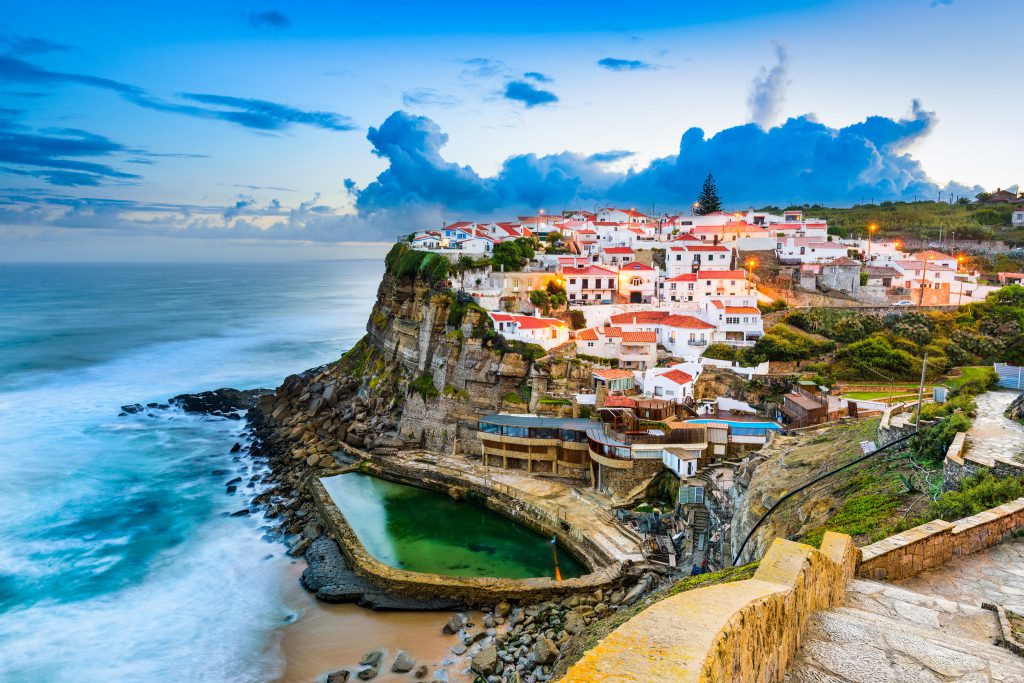Investing for Change
By Daniel J. Penseyres
The world we live in today is facing a major challenge: climate change. And while it’s easy to feel overwhelmed by the enormity of this problem, there is hope.
Decarbonization, reducing greenhouse gas emissions, is a crucial way to address climate change. By investing in decarbonization strategies, we can support this goal while potentially generating attractive returns. Here are some ideas:
- Renewable energy: Companies producing solar, wind and hydroelectric power can be good investments.
- Energy efficiency: Investing in companies that help reduce energy consumption, such as those involved in energy-efficient appliances, lighting, and insulation, is a good strategy.
- Sustainable transportation: Companies involved in electric vehicles, charging infrastructure, and other sustainable transportation solutions can be good investments.
And on a personal level, small changes can make a big difference, such as installing solar panels, only using biodegradable cleaning products and reducing the use of plastic, for example. There are many ways to invest in a planet-positive future.
Of course, investing always comes with some risk. Diversifying investments and carefully considering goals, risk tolerance, and time horizon is important.
Our actions today will have an impact on future generations. By investing in decarbonization strategies and making small changes in our daily lives, we can create a better world for ourselves and for future generations.
Photos courtesy of: Shutterstock








